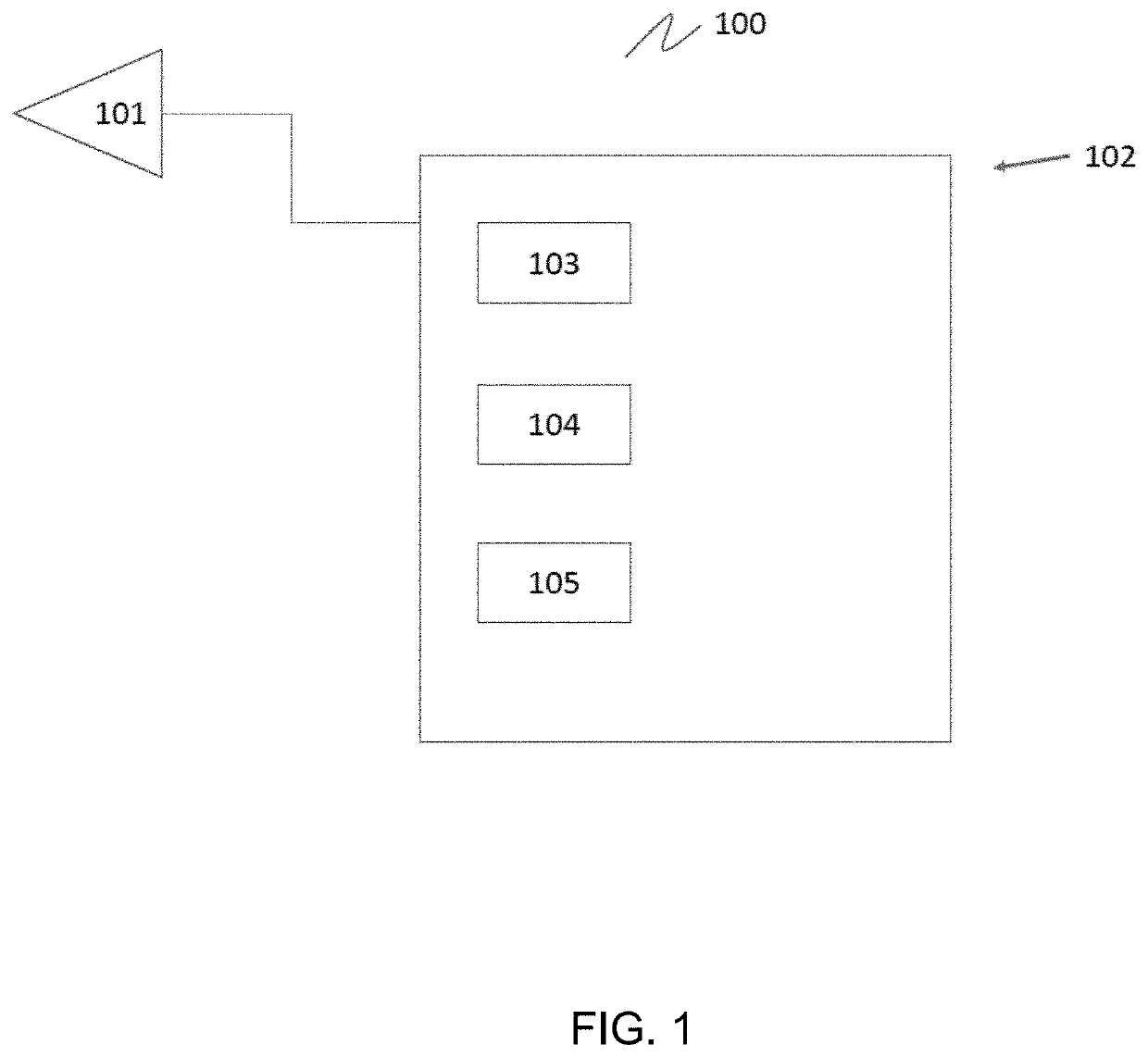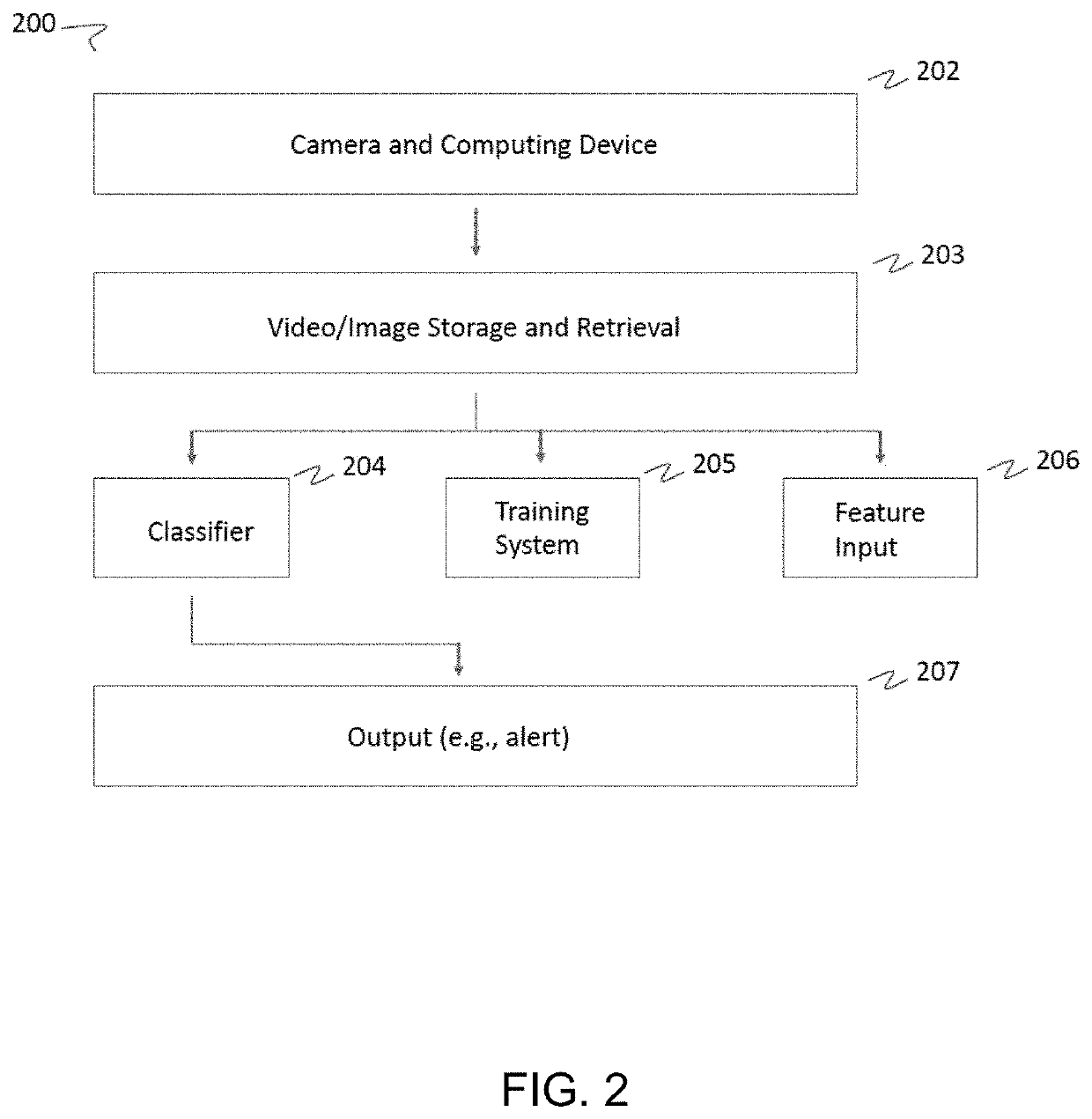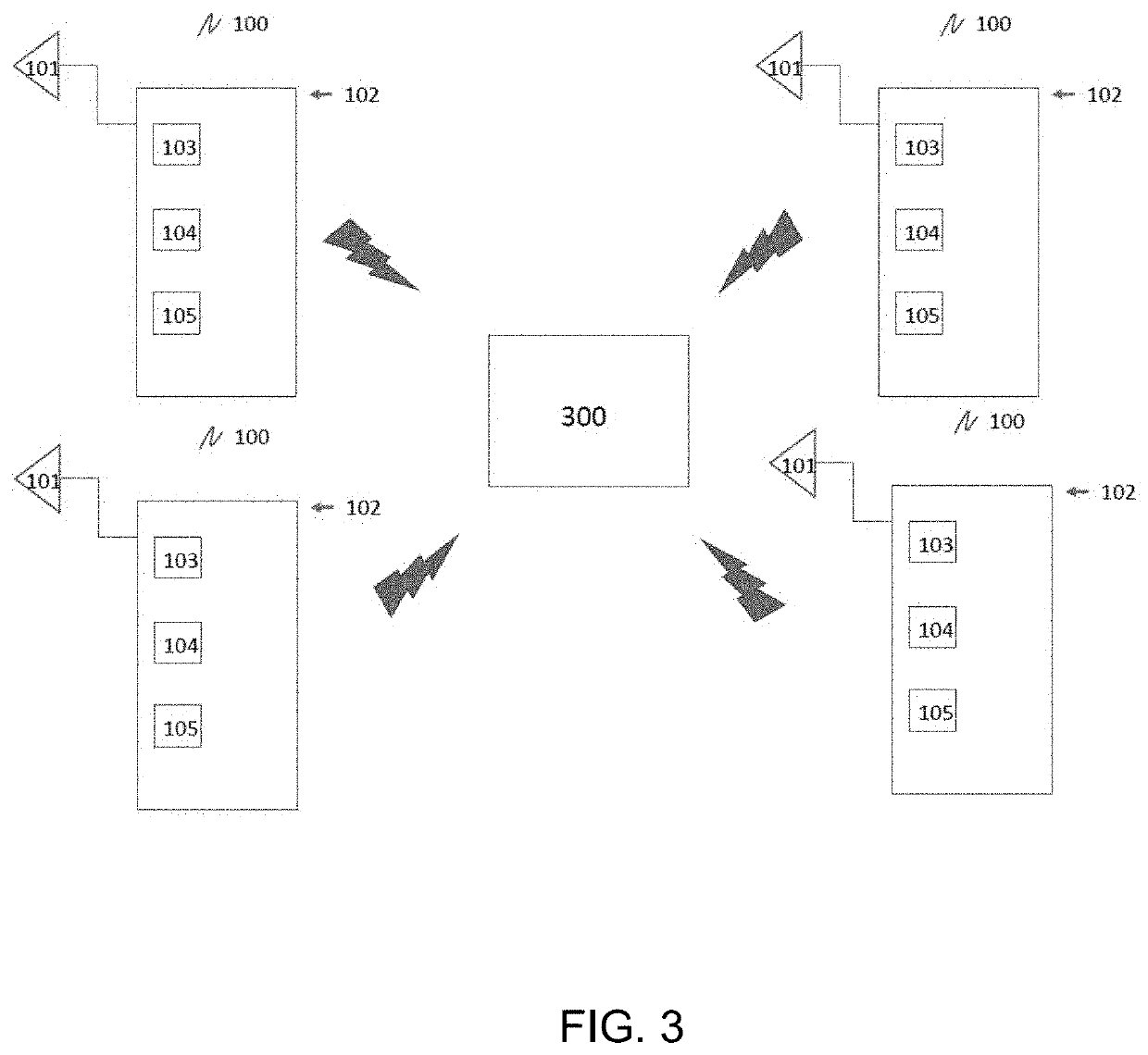Systems and methods for predicting real-time behavioral risks using everyday images
a system and behavioral risk technology, applied in the field of systems and methods for predicting real-time behavioral risks using everyday images, can solve the problems of not providing smokers with just-in-time information about their risk of smoking lapse, high incidence of illness and premature death,
- Summary
- Abstract
- Description
- Claims
- Application Information
AI Technical Summary
Benefits of technology
Problems solved by technology
Method used
Image
Examples
example 1
ng Smoking-Risk Environments from Everyday Images with Deep Learning
[0085]Environments associated with smoking increase craving to smoke and may provoke lapses during a quit attempt. Identifying smoking-risk environments from images of a smoker's daily life provides a basis for environment-based interventions. To apply deep learning to the clinically relevant identification of smoking environments among the settings smokers encounter in daily life, images of smoking (N=2457) and nonsmoking (N=2445) locations were photographed by 169 smokers from the Durham, N.C. and Pittsburgh, Pa. areas. These images were used to develop a probabilistic classifier that predicts the location type (smoking / nonsmoking), thus relating objects / settings in daily environments to established smoking patterns. The classifier combines a deep convolutional neural network with an interpretable logistic regression model, and was trained and evaluated via nested cross-validation with participant-wise partitions ...
example 2
Classification of Smoking and Nonsmoking Environments
[0145]In order to improve the classification of smoking and nonsmoking environments, the inventors will a) train a deep neural network to identify smoking-related objects, and b) develop statistical models that predict smoking behaviors based on objects detected in participants' daily environments. By using this two-stage, hybrid model, recent advances in deep learning for object detection was leveraged, while preserving model interpretability and the ability to train on a study population of modest size. This Example is motivated by preliminary results suggesting that performance and interpretability of smoking / nonsmoking environment classification could be improved by identifying smoking-related objects.
[0146]Upon completion, the models will predict a) whether images were taken during a smoking-initiated or prompted assessment, and b) smoking risk associated with the image. These two models are closely related, but the former is...
example 3
zed Models
[0154]To establish personalized models, the inventors will personalize the prediction models from Example 1 by fine-tuning model parameters to individual participants. Although the Example 1 models incorporate demographics and other baseline variables, the corresponding model parameters are fixed. In contrast, model parameters for this Example will be permitted to vary between participants. Importantly, this includes parameters relating smoking-related objects to smoking risk. This Example is motivated by preliminary results suggesting that model performance may be limited by individual differences in preferred or typical smoking environments.
[0155]Two different personalization methods will be explored. First, mixed-effects modeling will be used to optimize prediction performance and allow model parameters to be easily interpreted to generate clinical knowledge. Then, online learning methods will be tested to assess the feasibility of real-time personalization in a JITAI.
[...
PUM
 Login to View More
Login to View More Abstract
Description
Claims
Application Information
 Login to View More
Login to View More - R&D
- Intellectual Property
- Life Sciences
- Materials
- Tech Scout
- Unparalleled Data Quality
- Higher Quality Content
- 60% Fewer Hallucinations
Browse by: Latest US Patents, China's latest patents, Technical Efficacy Thesaurus, Application Domain, Technology Topic, Popular Technical Reports.
© 2025 PatSnap. All rights reserved.Legal|Privacy policy|Modern Slavery Act Transparency Statement|Sitemap|About US| Contact US: help@patsnap.com



